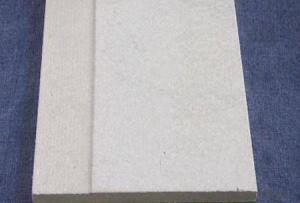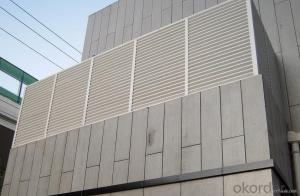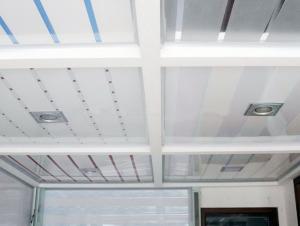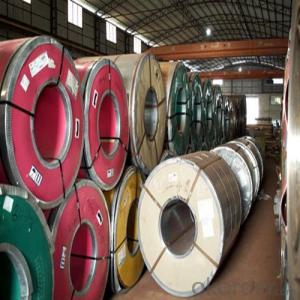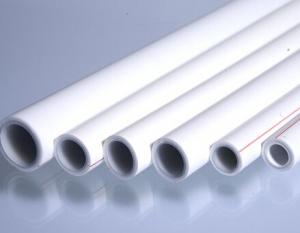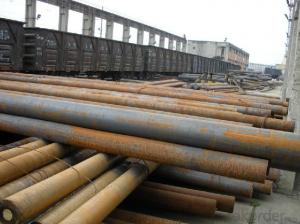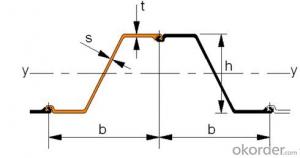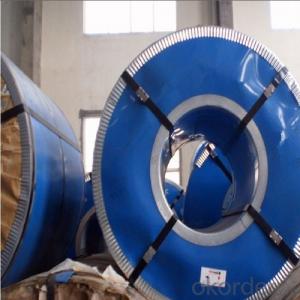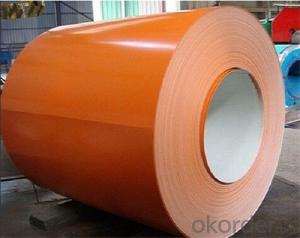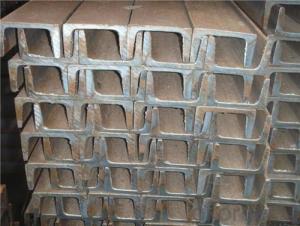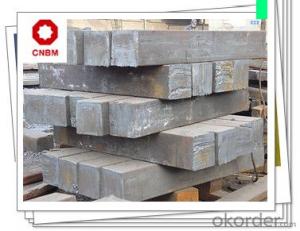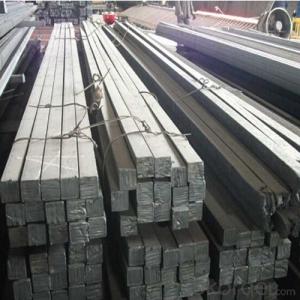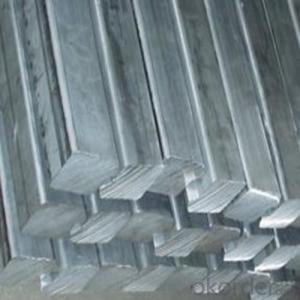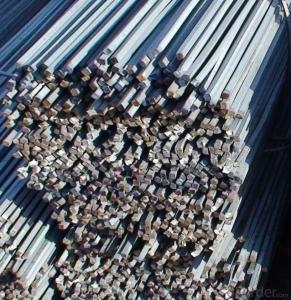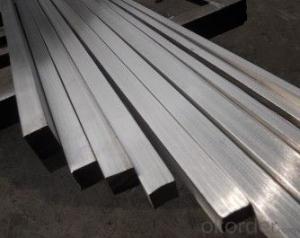Hot Rolled Steel
Hot Rolled Steel Related Searches
Best Paint For Stainless Steel Blanket Insulation For Steel Buildings Primer For Galvanized Steel Foam Filter For Stainless Steel H S Code For Stainless Steel Surface Grinding Wheels For Stainless Steel Surface Grinding Wheels For Hardened Steel Hole Saw For Stainless Steel Paint For Stainless Steel Stainless Steel For BbqHot Searches
Steel Mesh Panels For Sale Stainless Steel Tank For Sale Stainless Steel Sheets For Sale Cheap High Tea Sets For Sale Stainless Steel Tanks For Sale Stainless Steel For Sale High Density Fiberboard For Sale Solar Hot Water Collectors For Sale Scaffolding For Sale In Uae Scaffolding For Sale In Ireland Scaffolding For Sale In Houston Price Of Shipping Containers For Sale Used Solar Inverter For Sale Portable Led Signs For Sale Stone Hot Water Bottles For Sale Aluminum Coil Stock For Sale Large Led Screens For Sale Aluminum Gutter Coil For Sale Used Aluminum Scaffolding For Sale 1/4 Aluminum Plate For SaleHot Rolled Steel Supplier & Manufacturer from China
Okorder.com is a professional Hot Rolled Steel supplier & manufacturer, offers integrated one-stop services including real-time quoting and online cargo tracking. We are funded by CNBM Group, a Fortune 500 enterprise and the largest Hot Rolled Steel firm in China.Hot Products
FAQ
- Yes, a steel square can be used for measuring and marking compound miter cuts. A steel square, also known as a framing square or carpenter's square, is a versatile tool that can be used for a variety of measurements and marking tasks in woodworking. While it is not specifically designed for measuring and marking compound miter cuts, it can still be used effectively for this purpose. To use a steel square for measuring compound miter cuts, you would need to understand the angles and calculations involved in creating such cuts. Compound miter cuts involve both a miter angle and a bevel angle, which can be calculated based on the desired finished shape of the workpiece. Once you have determined the appropriate angles, you can use the steel square to mark these angles on the material you are working with. The long edge of the steel square can be aligned with the edge of the material, while the desired angles can be marked using a pencil or a scribe along the square's shorter edges. By carefully aligning the steel square and accurately marking the angles, you can ensure precise and consistent compound miter cuts. However, it is worth noting that there are specialized tools available, such as compound miter saws or digital angle finders, that are specifically designed for measuring and marking compound miter cuts. These tools can provide more precise and efficient results, especially for complex or intricate projects. Therefore, while a steel square can be used for measuring and marking compound miter cuts, using dedicated tools may be a better option in certain situations.
- To use a steel square for measuring roof pitch, follow these steps: 1. Familiarize yourself with the steel square: A steel square, also known as a framing square, is a versatile tool with a long body and a shorter tongue perpendicular to it. The body usually measures 24 inches, while the tongue is about 16 inches. The square has various markings and angles that can help you measure and cut accurately. 2. Determine the pitch desired: The pitch of a roof refers to its slope or steepness. It is usually measured in terms of rise over run, where the rise is the vertical distance and the run is the horizontal distance. For example, a 4:12 pitch means that for every 12 inches of horizontal distance, the roof rises 4 inches. 3. Align the square: Hold the steel square with the body against the roof rafters or trusses, ensuring it is parallel to the eaves. The eaves are the lower edges of the roof that overhang the walls. Align the square so that the tongue points upwards towards the peak of the roof. 4. Measure the pitch: Look for the pitch scale on the body of the steel square. This scale is usually located on the outside edge and consists of a series of numbers representing pitch ratios. Place the square on the roof, aligning the edge with the eaves. Read the pitch ratio where the tongue intersects the scale. This will give you the roof pitch measurement. 5. Interpret the measurements: The pitch ratio you obtain will indicate the steepness of the roof. For example, a 6:12 pitch means the roof rises 6 inches for every 12 inches of horizontal distance. Using a steel square for measuring roof pitch is a simple and effective method. It allows you to accurately determine the slope of the roof, which is essential for various roofing tasks such as installing shingles, cutting rafters, or estimating materials needed for repairs or replacements.
- Yes, a steel square can be used for tile fireplace surround layout. A steel square, also known as a framing square or a carpenter's square, is a versatile tool commonly used by carpenters and masons for various layout and measurement tasks. It has a long blade and a shorter tongue, both of which are at right angles to each other. When it comes to tile fireplace surround layout, a steel square can be used to ensure accurate and precise measurements and angles. It can be used to mark straight lines, check for squareness, and establish right angles for the tile installation. To use a steel square for tile fireplace surround layout, start by determining the dimensions and layout of the surround area. Then, use the steel square to mark straight lines on the wall or floor where the tiles will be installed. This will ensure that the tiles are aligned properly and create a visually pleasing result. Additionally, the steel square can be used to check for squareness by measuring the diagonals of the fireplace surround area. If the measurements are equal, the area is square. If not, adjustments can be made to ensure a perfect square layout for the tile installation. Overall, a steel square is a reliable tool for tile fireplace surround layout as it helps achieve accuracy, precision, and uniformity in the installation process.
- A steel square is an essential tool for welding projects. Also referred to as a framing square or carpenter's square, this versatile tool serves multiple purposes in welding tasks. It is commonly utilized for measuring angles, marking angles, verifying squareness, and ensuring precise measurements and alignment during the welding process. The sturdy and durable construction of the steel square enables it to withstand the intense heat and demands of welding applications. Moreover, its straight edges and right angles facilitate the creation of precise weld joints and the maintenance of proper alignment. In summary, a steel square is an invaluable tool that greatly contributes to the achievement of accurate and high-quality welds in a wide range of welding projects.
- The difference between galvanized square and galvanized steel
- There is a difference in the quality of classification and can be processed into cold and hot dip galvanized pipe, galvanized pipe, galvanized pipe and galvanized belt can not be made, because of its wall thickness is thin, so the price will take the price dip galvanized pipe is much higher than galvanized pipe.
- Checking the squareness of a scroll saw blade cannot be done with a steel square. Although a steel square is useful for assessing the squareness of various woodworking joints and cuts, it is not suitable for evaluating the squareness of a scroll saw blade. Scroll saw blades are made of thin, delicate, and hardened steel. They possess a unique shape and design that differs from the straight edge of a steel square. The blade of a scroll saw is typically curved, allowing for precise and intricate cuts. To accurately check the squareness of a scroll saw blade, it is recommended to utilize specialized tools like a scroll saw blade square or a scroll saw blade alignment jig. These tools are specifically designed for this purpose and provide the necessary angles and measurements to ensure proper alignment of the blade. Employing a steel square, which is designed for straight edges, may yield inaccurate results and could potentially harm or deform the delicate scroll saw blade. It is always advisable to use the appropriate tools for specific tasks to guarantee precise and safe outcomes.
- Yes, there are some limitations to using a steel square. Firstly, its accuracy may be affected by wear and tear over time, leading to slight deviations in measurements. Additionally, its size may restrict its use in certain situations or for larger projects. Lastly, a steel square may not be suitable for projects that require precise angles or measurements beyond its limited range.
- To use a steel square to measure and mark out mitered joints, follow these steps: 1. Start by ensuring that your steel square is clean and free from any debris or rust. This will help ensure accurate measurements. 2. Place the steel square on the edge of the material you are working with, aligning one leg of the square with the edge. 3. Hold the steel square firmly against the material and make sure it is flat against the surface. This will help prevent any potential inaccuracies. 4. Next, rotate the steel square until the desired angle for the mitered joint is achieved. This is typically a 45-degree angle for most mitered joints, but it may vary depending on the project or design. 5. Once the steel square is in the correct position, use a pencil or marking knife to trace along the edge of the square's other leg. This will create a clear and accurate line to guide your cuts. 6. Repeat this process for each piece of material that requires a mitered joint, ensuring that the angles and measurements are consistent across all pieces. 7. After marking out the mitered joints, double-check your measurements and angles to ensure accuracy before proceeding with any cutting or joining of the materials. It's important to note that using a steel square to measure and mark mitered joints requires precision and attention to detail. Taking your time and double-checking your measurements will help ensure that your mitered joints fit together perfectly and create a clean, professional finish.
